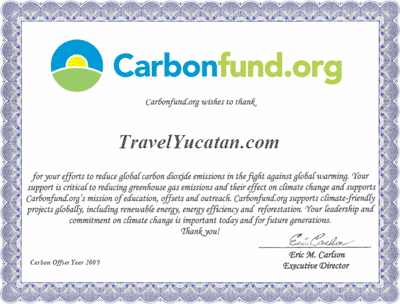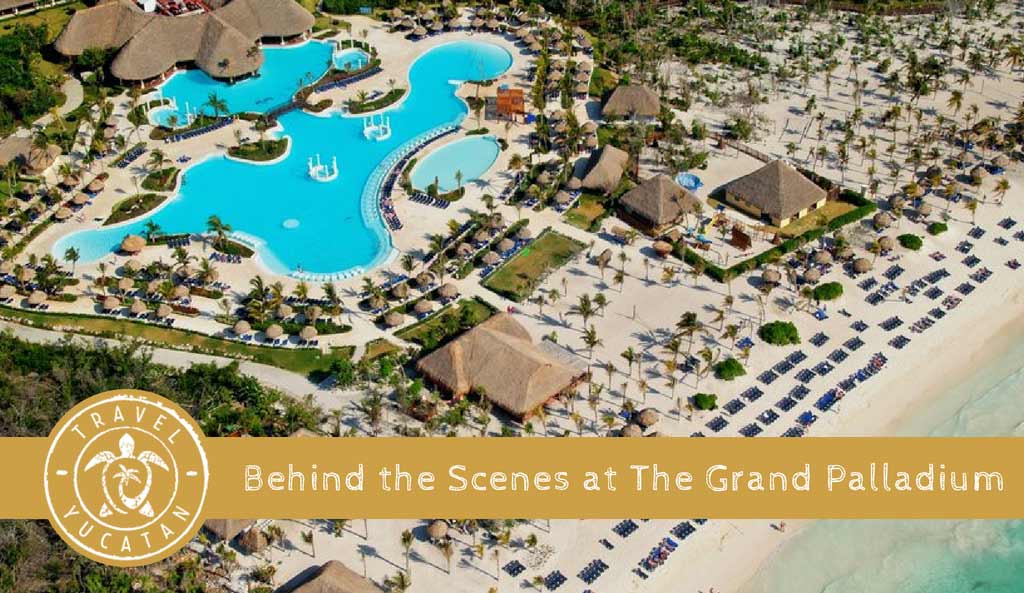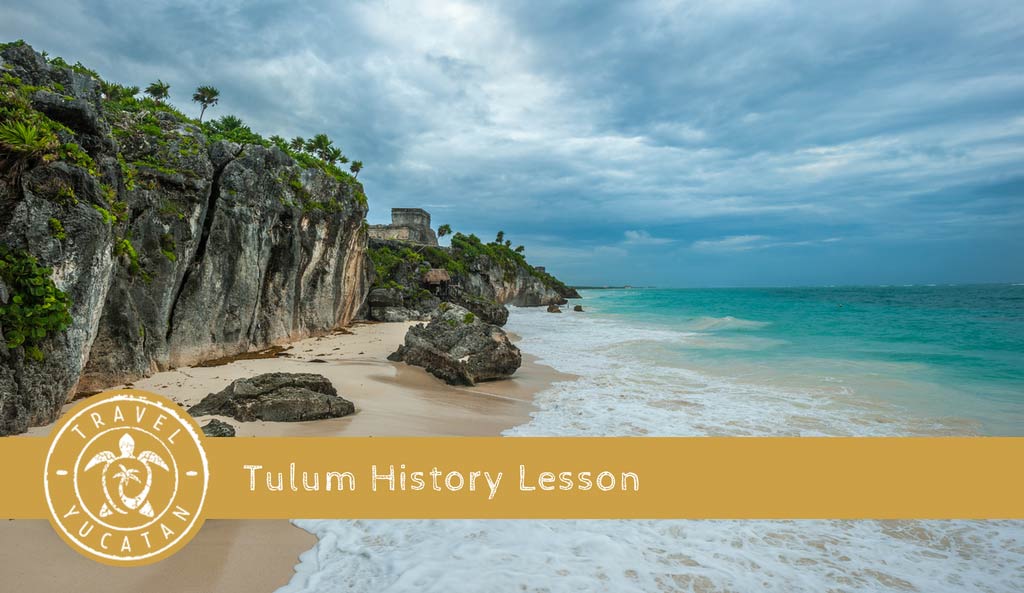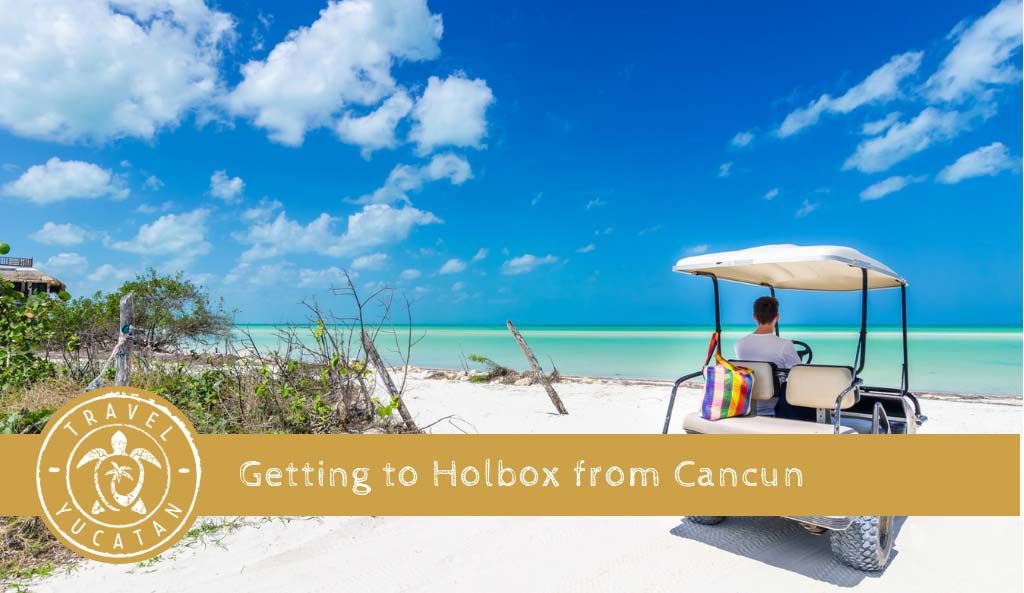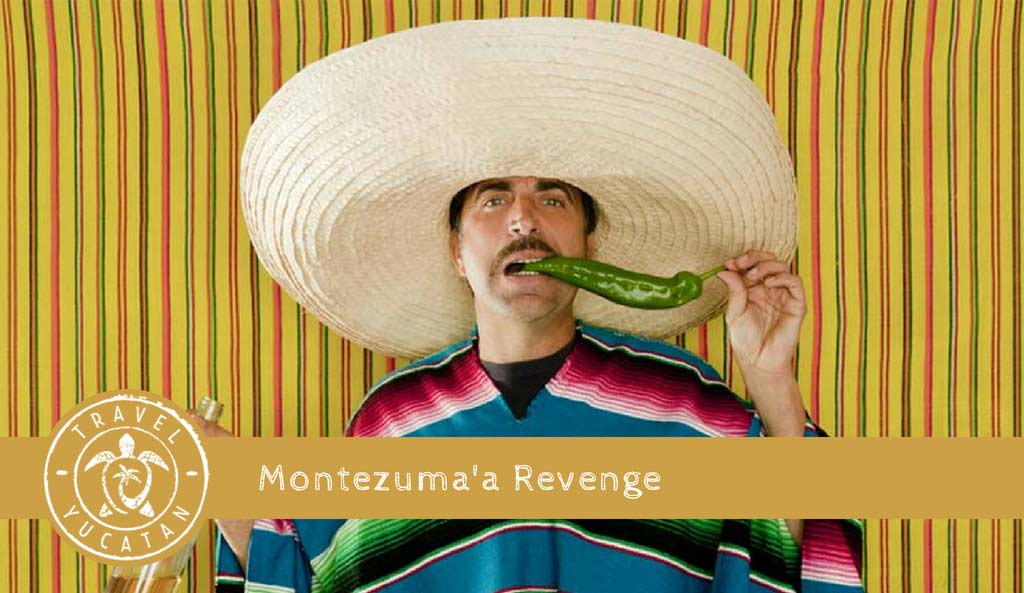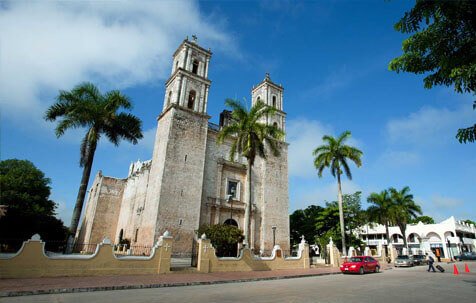TRAVELING GREEN
![]() Responsible tourism is necessary if we as travelers wish to maintain the sustainability of the environments we wish to explore.
Responsible tourism is necessary if we as travelers wish to maintain the sustainability of the environments we wish to explore.
The information described here, if followed, can help you and your family experience a wonderful vacation and at the same time reduce the impact of your presence on the environment you are visiting.
 OFFSETTING YOUR CARBON EMISSIONS
OFFSETTING YOUR CARBON EMISSIONS
We are responsible for carbon dioxide emissions through the use of energy: flying, getting to hotel, driving on tours, hotel air-conditioning, TV, etc..
Carbon offsettingis the act of reducing an equal amount of carbon somewhere else to counterbalance the carbon emissions from your vacation [called your “carbon footprint”].
 Carbon offsets enable anyone to reduce their climate footprint by supporting projects that reduce carbon dioxide emissions to balance out one’s own carbon footprint.
Carbon offsets enable anyone to reduce their climate footprint by supporting projects that reduce carbon dioxide emissions to balance out one’s own carbon footprint.
For example, flying to Cancun from New York creates .56 tons of C02. The offset cost is around $3.10 USD. You pay an organization to invest $3.10 in a project aimed at reducing C02 thus offsetting your Carbon footprint. If you choose to offset your entire carbon footprint, that is called carbon neutral.
There are a number of organizations* where you can offset your C02. Their web sites include C02 Calculators so you can figure out approximately what you’re offset should be for a trip.
Carbonfund.org Foundation
Global Carbon Trax
Green My Flight Officially certified by Canadian government.
Zerofootprint Offset broker for Air Canada.
Sustainable Travel International
Carbon Footprint UK
European Commission’s You Control Climate Change Campaign
* TravelYucatan.com is not affiliated with any particular C02 Offset organization.
A good resource for energy statistics can be found here:
Official Energy Statistics from U.S. Government
CO2 OFFSET DRIVING COSTS
Offset costs are calculated using a 2006 GMC Savana.
We used the C02 calculater at: www.carbonfund.org
- From Cancun – one way
| DESTINATION | KM | CO2 Offset Cost |
| Puerto Morales | 20 | $0.04 |
| Playa del Carmen | 52 | $0.10 |
| Playacar | 53 | $0.10 |
| Xcaret | 59 | $0.12 |
| Paamul | 79 | $0.16 |
| Puerto Aventuras | 86 | $0.18 |
| Xpu-Ha | 87 | $0.18 |
| Akumal | 89 | $0.18 |
| Xel-Ha | 110 | $0.22 |
| Tulum | 117 | $0.24 |
| Coba | 154 | $0.32 |
| Valladolid | 160 | $0.32 |
| Chichen Itza | 240 | $0.48 |
| Uxmal | 358 | $0.72 |
| Merida | 319 | $0.64 |
| Chetumal | 377 | $0.76 |
-
- From Playa del Carmen – one way
| DESTINATION | KM | CO2 Offset Cost |
| Cancun | 52 | $0.10 |
| Puerto Morelos | 32 | $0.06 |
| Xcaret | 7 | $0.02 |
| Puerto Aventuras | 19 | $0.04 |
| Akumal | 32 | $0.06 |
| Xel-Ha | 49 | $0.10 |
| Tulum | 62 | $0.12 |
| Coba | 100 | $0.20 |
| Chichen Itza | 271 | $0.54 |
| Merida | 388 | $0.78 |
 DON’T TAKE YOUR GARBAGE WITH YOU
DON’T TAKE YOUR GARBAGE WITH YOU
Recycling in Mexico is nothing new as the industrial manufacturing sector in Mexico needs the material and is willing to pay for it.
This does not mean that the paper and plastic you drop into the garbage at your hotel is being recycled. In fact, it is not being recycled.
It is best to strip off all packaging of items you are taking with you so they enter your home town’s recycling system. Even after you have used a plastic bottle of something pack it and take it back home with you.
 Watch out for “Hermit Crabs” when walking at night. They are often found on stone paths at hotels and are easy to step on. |
 REDUCE YOUR FOOTPRINT AT THE HOTEL
REDUCE YOUR FOOTPRINT AT THE HOTEL
-
- Re-Use Towels
- Re-Use plastic water bottles
-
- Have your bed linen changed only when needed.
- Don’t over fill your buffet plate and throw away food.
- Don’t leave the TV on when not in the room.
- Turn lights off when not needed.
- Do not leave your air-conditioner on when not in the room.
NOTE: Many hotels equip their rooms with sensors that turn off the AC when there is nobody in the room however there are ways to override some of these systems. We ask that you do not do this.
TALK TO HOTEL MANAGEMENT – Inquiring makes a huge difference, encourage/thank every hotel about greening. Ask managment
How Green Is My Hotel? Good article at MSN Travel.
| Use a solar powered battery charger and rechargeable batteries for cameras and other electronic devices. This avoids using non rechargeable batteries, which have a shorter life-span and you save energy using solar for recharging. |
 AT THE BEACH
AT THE BEACH
Use Biodegradable Sun Screen
Even if you do not plan on swimming in the sea the sun-screen you put on will wash off in the shower. Not all hotels have waste removal facilities. Where this water ends up is anybody’s guess.
Help protect the marine life. Even the small amount that washes off you combined with the thousands of other people who fail to use non-toxic lotions adds up.
-
- Do not step on coral or use it as a pad when snorkeling.
- Do not throw your cigarette butts in the sand, they are toxic.
- Don’t leave plastic cups in the sand, they may not be picked up and just sink into the beach.
 IN THE JUNGLE
IN THE JUNGLE
Many hotels along the Riviera are cut right out of the jungle. This puts you right in close proximity of many different species of native wildlife.
-
- When hiking or walking in the jungle keep erosion to a minimum. Do not create a new path or blaze new shortcuts. Stay on the existing path where possible even if it’s muddy or there’s room to walk alongside.
- Watch where you step. There are many small slow moving animals [snakes, crabs, tarantulas etc.] and even some fast ones that can’t get out of the way and you do not want to step on them.
- Be aware of your approach distances when observing wildlife. If the animal is altering its behavior [due to your presence], then you are too close.
-
- There are killer bees in Mexico. If you stumble upon a bee-hive it is best to immediately get out of the area.
- If you encounter a sick or wounded animal do not approach or attempt to intervene.
- If you encounter any animals fighting do not approach or intervene. Create a safe distance from you and the fighting animals.
- Do not place obstacles in the paths of leaf-cutting ants or attempt to experiment with them.
- Do not chase or attempt to catch lizards or iguanas. Many of the small lizard species have a tail that can be ripped off if you attempt to grab them. The tale grows back but it is an inconvenience to the lizard.
| Check your bags for lizards and other insects before leaving. We found a small lizard in one of our bags leaving a hotel once and started checking ever since. |
 BANNED EXPORTS
BANNED EXPORTS
-
- Turtles & Tortoiseshell
Jewelery, combs, sunglasses or even whole shells from sea turtles can sometimes be found for sale by unscrupulous persons. If you want to help these species survive, please do not purchase any products made from Turtles & Tortoiseshell. - Orchids & Cacti
Wild specimens of certain plants are banned from trade. Artificially propagated plants may be exported, subject to permit and phytosanitary regulations. - Coral
You need to be sure that coral necklaces, earrings and ornaments are not derived from endangered species. These are not always easy to identify on market stalls or in shops so if you’re unsure, don’t buy them. - Reptile Skins
Many reptile skins such as crocodiles, snakes and lizards are covered by strict import controls in most countries. These products include snake skin boots, bags, belts, shoes or watch straps. These controls vary depending on the species involved and the country of import.
- Turtles & Tortoiseshell
 ISO 14001
ISO 14001
ISO 14001 is the international specification for an environmental management system (EMS). It specifies requirements for establishing an environmental policy, determining environmental aspects and impacts of products/activities/services, planning environmental objectives and measurable targets, implementation and operation of programs to meet objectives and targets, checking and corrective action, and management review.
Are any hotel/resorts in the Yucatan ISO 14001 certified?
Unfortunately our database of hotel information cannot be searched in a way that would allow us to quickly look and see if any hotels promote an ISO 14001. We are unaware of any hotels that hold the ISO. This is not to say that there aren’t any, but we simply do not know.
For more info see: ISO 14001 2004 Environmental Standard in Plain English
 WHAT ARE AIRLINES DOING?
WHAT ARE AIRLINES DOING?
International air travel releases more than 600 million tones of carbon dioxide into the atmosphere annually. The aviation industry is significantly growing with about 17,700 commercial aircraft now operating around the world and up to 27,000 new planes expected to be delivered over the next 20 years. The number of passengers grows every year as well and this trend is expected to continue.
New, environmentally friendlier planes are presently under development. One of the revolutionary new planes in the industry is Boeing’s new 787 Dreamliner jet. The plane uses 20 per cent less fuel while pumping out fewer greenhouse gases. This mid-sized aircraft seats up to 330 passengers.
The materials the Dreamliner jet is made of are stronger and lighter than traditional materials, which makes the plane lighter and therefore more fuel efficient. Materials like high-tech plastic composites and carbon-fiber are used in the plane’s construction instead of aluminum. “There’s a need for another dramatic improvement in air travel to make it more affordable, comfortable and convenient for passengers, more efficient and profitable for airlines and more environmentally progressive for our earth,” Jim McNerney, the president of Boeing said. The first company that will have the Dreamliner in its fleet is Virgin Atlantic. The company will get its first four 787s in 2011.
Presently airlines are attempting to lower the weight of airplanes in an effort to use less fuel for a trip.
Ways airliners are lowering their weight are, removing exterior paint, stocking less water for bathrooms, no longer providing hot meals and reducing cargo weight.
The climate impact of an aircraft is two to four times greater than the carbon dioxide emissions alone, because their emissions take place at a higher altitude, where they trigger chemical reactions that have a warming effect.
 The Role of Aircraft in Climate Change-Evaluation of Sample Scenarios
The Role of Aircraft in Climate Change-Evaluation of Sample Scenarios
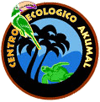
 CENTRO ECOL�GICO AKUMAL
CENTRO ECOL�GICO AKUMAL
The Centro Ecol�gico Akumal [CEA], is an investigative environmental group with a wide range of research and outreach programs aimed at studying and protecting the Mesoamerican Coral Reef ecoregion from the effects of uninformed development.
CEA’s programs include:
-
- Water Quality Monitoring
-
- Hydrological / Geological Studies
- Advanced Waste Treatment Solutions
- Coral Reef Research and Bay Monitoring
-
- Environmental Education
- Sea Turtle Protection
- Adopt-a-Turtle
-
- Social Outreach to the local Maya communities
- Artist-in-Residence Program
- and much more.
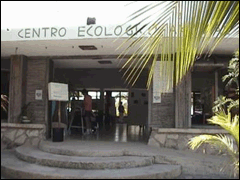 In addition to Research and Outreach Programs, the CEA offers many programs for visitors and Eco-Tourists.
In addition to Research and Outreach Programs, the CEA offers many programs for visitors and Eco-Tourists.
Many Foundations participate in and provide assistance to CEA programs.
The CEA has many affiliates world-wide who are instrumental in aiding the CEA in its quest to save Mexico’s coastal environment.
The CEA Board of Director’s and Advisory Board work to influence public policy and assure the responsible development of Akumal.
Next time you are at Akumal, drop by CEA�s Information Center, located in the heart of Akumal at the north end of Akumal Bay.
For further information please contact:
Centro Ecol�gico Akumal
Apartado Postal 2
Akumal, Quintana Roo, Mexico 77760
Phone/Fax: 011-52-984-875-9095
E-mail: info@ceakumal.org
Visit the CEA web site at: www.ceakumal.org
ALIVE AND DIVERSE
Centro Ecol�gico Akumal Director
One species that depends on a healthy reef and that is especially very close to our hearts in Akumal is the sea turtle. Two species of sea turtles nest on the beaches of the Mexican Caribbean, the Green and Loggerhead turtles. Nesting season has begun for these ancient and magnificent animals and continues the rest of the summer and into the fall, with the last of the hatchlings leaving the shores in early November.
To keep it alive and diverse many people are working to better understand the coral reef ecosystem and to improve reef management. The threats are numerous; from climate change, with warmer ocean waters to water pollution, sedimentation and direct destruction from tourism activities, all creating stresses to the coral and killing it. Coral bleaching occurs when water temperatures are above normal for an extended period of time and the zooxanthellae (microscopic algae providing about 95% of the energy needs of the coral) living in each coral polyp leaves its home, thus the �bleached� look. If the algae do not return to the coral polyps within a certain amount of time, the coral dies.
Increased nutrients or pathogens from water pollution can cause coral diseases as well, or an increase in algal growth which suffocates the coral. Contaminants also stress fish and turtle species, increasing diseases. More and more sea turtles are being infected with a herpes-type illness called fibropapilloma, and it is believed by some that increased stress in the ocean environment can contribute to the spread of the tumors.
Sedimentation, whether from soils coming downriver after inland deforestation and settling on the reef or from excess motor boat activity stirring the waters, can suffocate the corals as well.
Finally, so many people coming to the area on holiday do not realize that coral is alive and that when they touch it or walk on it they damage or even kill it. The protective mucus layer surrounding the coral is removed, leaving it vulnerable to a variety of threats.
Research and experience over the years have helped to increase understanding of the life dynamics of a barrier reef system. This has also lead to international agreements which seek to protect and better manage the reefs, as well as the realization that more research must be done.
In 1997, the Mexico, Guatemala, Honduras and Belize signed the Tul�m Declaration, beginning the Mesoamerican Reef Initiative, with an Action Plan for the Conservation and Sustainable Use of the Mesoamerican Reef. This Plan provides for the main elements for the conservation and sustainable use for the reef ecosystem and the whole region. From this came the Mesoamerican Barrier Reef Systems Project (MBRS) funded by the Global Environment Facility through the World Bank, the WWF Eco-regional Program, the The Nature Conservancy MAR Program, the ICRAN-MAR Project, the Bay Islands Project, the Sustainable Coastal Tourism Project for the Atlantic Coast of Honduras, the Port Security and Monitoring Project for the Gulf of Honduras, the Healthy Mesoamerican Reef Initiative, along with numerous smaller more localized projects like those in which Centro Ecol�gico Akumal participates.
The overall objective of the MBRS project is to enhance the protection of the reef ecosystem, including the coastal habitats. The project helps countries to strengthen and coordinate policies and actions to conserve and sustainably use the resources of the system. The regional objectives include strengthening Marine Protected Areas; developing and using standardized data management system of monitoring and broader use of the findings; promoting ways to reduce non-sustainable patterns of economic exploitation of MBRS, focusing initially on the fisheries and tourism sectors; increasing local and national capacity for environmental management through education, information sharing and training; and facilitating the strengthening and coordinating of national policies, regulations, and institutional arrangements for marine ecosystem conservation and sustainable use [see Mesoamerican Barrier Reef Project for more information].
So many years after the declaration, a variety of actors are coming together in different forums to assess where we are going with reef conservation. Have we improved management? Do we at least understand the ecosystem better? Will the science help us make better decisions in how we use the coast and sea? These are questions we ask each day in continuing efforts to protect the reef. New initiatives are developed and more integration of science to decision making is occurring.
Centro Ecol�gico Akumal (CEA) is participating in these regional and global efforts through its several conservation programs. We run a Sea Turtle Protection Program to help both the Green and Loggerhead turtles survive. Through all our conservation programs CEA works to improve ecosystem management. The organization works locally in Akumal to test and demonstrate innovative management ideas and then share experiences on what is working to reduce the threats and help keep the ecosystem alive.
The new Akumal Bays Management Program is a key part of these efforts. It attempts to bring all the actors together to improve how we use the unique bays of Akumal, from Yal Ku to Aventuras Akumal, with objectives in protection and restoration of coral to organizing the number of boats in the bays and improving management of the multitudes of snorkelers in local waters. The fishermen, dive shops and hotels have come together to help define actions and limits to the use of the bays, with the ecological guidance of CEA.
As visitors and residents in the area we participate in the destruction of the reef in some way, whether it is our inadequate waste treatment systems or carbon output from excess driving, to eating freshly caught grouper out of season or stepping on the coral or grabbing sea turtles in an effort to �connect� with the wildlife. However, we can also participate in helping to keep the reef alive. There are a variety of things a visitor to the area may do to make sure impact is kept to a minimum. First, just by respecting all wildlife we are helping to protect it. Then we can also make sure to not touch or damage coral in any way while snorkeling or diving. We can also help by educating others; letting them know it is not good to ride a sea turtle or harass it in any way.
Residents can also participate in creating a healthy future for the coastal and marine ecosystem by making sure all their waste is well managed, that waste water does not reach the groundwater or sea in any way, not building on the dunes or destroying mangroves, among many other positive actions.
We hope you enjoy your time in this Caribbean paradise and help us to protect it.
TravelYucatan.com Is Carbon Neutral
We calculate how much bandwidth TravelYucatan.com uses then purchase C02 offsets to balance the emissions. We also offset the energy consumed to create site content including our own travel research and operations.
